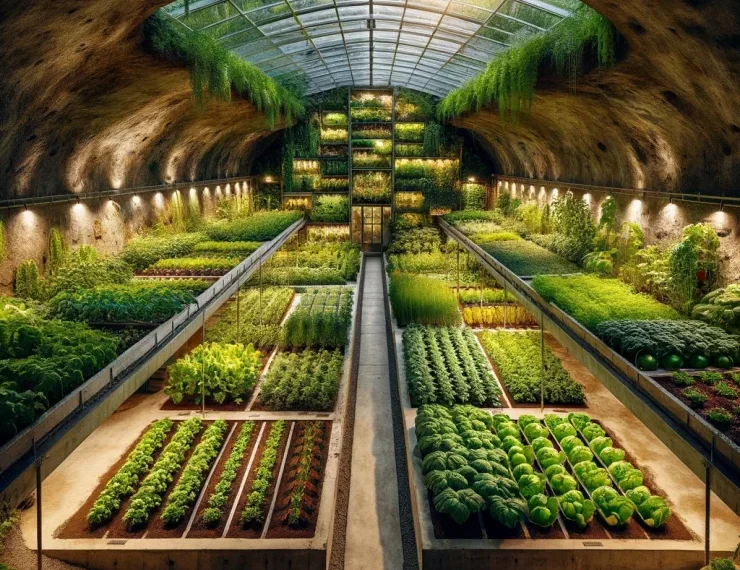Construction and Maintenance
Despite their numerous advantages, underground greenhouses present some challenges. The construction costs can be higher than traditional above-ground structures due to the excavation and reinforcement required. Proper planning and design are essential to ensure structural integrity and functionality.
Additionally, maintenance and monitoring are critical to prevent issues such as water seepage, soil compaction, or pest infestations. Regular assessments of the microclimate and soil conditions are necessary to maintain optimal growing conditions and prevent any disruptions in crop production.
Knowledge and Expertise
The successful implementation of underground greenhouses requires specialized knowledge and expertise in design, engineering, and horticulture. Farmers and agricultural practitioners need to be educated about the specific requirements for operating these structures effectively. This includes understanding soil composition, plant needs, and environmental control mechanisms to ensure the long-term success of underground greenhouse projects.
Conclusion
Underground greenhouses represent a promising solution to the pressing challenges facing modern agriculture. By harnessing the earth’s natural resources and innovative design principles, these subterranean structures enable year-round food production in a sustainable and efficient manner. As society continues to prioritize environmental stewardship and food security, underground greenhouses are poised to play a pivotal role in shaping the future of farming.
With their ability to mitigate extreme weather conditions, maximize limited space, and contribute to local economies, underground greenhouses offer a sustainable and practical approach to agriculture in an ever-changing world. Embracing this innovative method could revolutionize how we produce food, ensuring a resilient and secure food system for generations to come. As we explore the potential of underground greenhouses, it is crucial to support research, investment, and education in this field, ultimately paving the way for a more sustainable agricultural future.




